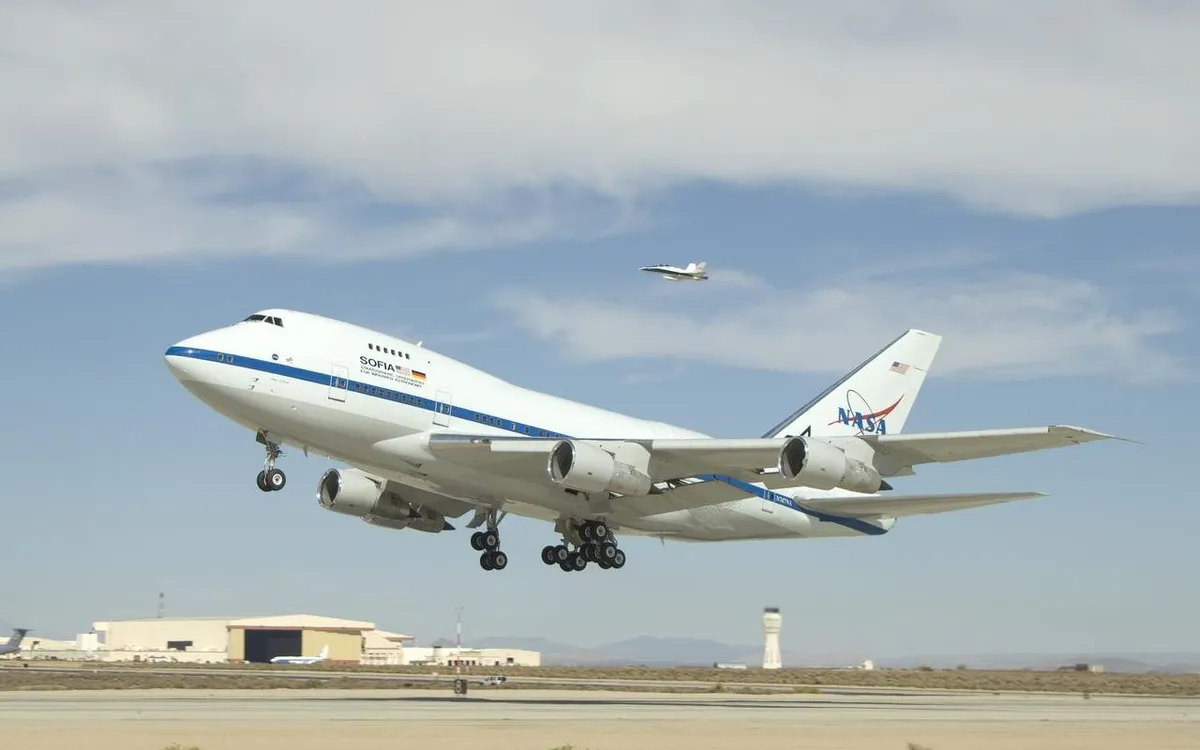NASA has announced the discovery of water on a sunlit surface of the Moon. The discovery could have major implications both for piecing together the history of the Solar System but also for future human spaceflight.
The discovery was made by NASA's Stratospheric Observatory for Infrared Astronomy (SOFIA), and is particularly surprising because it suggests water can survive the extremities of the lunar day.
It could also mean that more water is available across the surface of the Moon.
The water was discovered in the Clavius crater (pictured at the top of this page) of the Moon's southern hemisphere.
Previous observations of the lunar surface had detected hydrogen, but SOFIA's infrared spectrometer was able to confirm the hydrogen detected is unique to the water molecule H20, indicating the presence of water.

The water does not exist in puddles, but in concentrations of 100 to 412 parts per million. This is about the same as a 350ml bottle of water trapped in a cubic metre of soil spread across the surface of the Moon.
The Sahara desert, as a comparison, has 100 times the amount of water detected by SOFIA detected in the lunar soil.
It was already known that water exists in the darker, colder craters of the Moon, but finding water in a sunlit region suggests water could be more abundant on the Moon than thought, while the presence of water in more easily accessible regions of the Moon could have major implications for human spaceflight.
NASA scientists have suggested the water may be delivered by micrometeorites impacting the Moon and depositing the water on the lunar surface.
Or, it could have been delivered to the Moon by the solar wind, which is a stream of charged particles emanating from the Sun.
This could deliver hydrogen to the lunar surface, and a subsequent chemical reaction with oxygen-bearing minerals in the lunar soil could create hydroxyl.Radiation from micrometeorites might then transform that hydroxyl into water.
But how the water remains on the Moon is a mystery, as water on the sunlit surface of the Moon should be lost to space. It could be trapped within glass beads deposited by micrometeorite impacts, say NASA scientists.
The discovery has major implications for our understanding of the role played by water in the creation and evolution of the Solar System, but also for NASA's Artemis program to establish a human presence on the Moon.
“Prior to the SOFIA observations, we knew there was some kind of hydration,” says Casey Honniball, lead author of the study at the University of Hawaii at Mānoa in Honolulu. “But we didn’t know how much, if any, was actually water molecules – like we drink every day – or something more like drain cleaner.
“Without a thick atmosphere, water on the sunlit lunar surface should just be lost to space, yet somehow we’re seeing it. Something is generating the water, and something must be trapping it there.”
“Water is a valuable resource, for both scientific purposes and for use by our explorers,” says Jacob Bleacher, chief exploration scientist for NASA’s Human Exploration and Operations Mission Directorate.
“If we can use the resources at the Moon, then we can carry less water and more equipment to help enable new scientific discoveries.”
